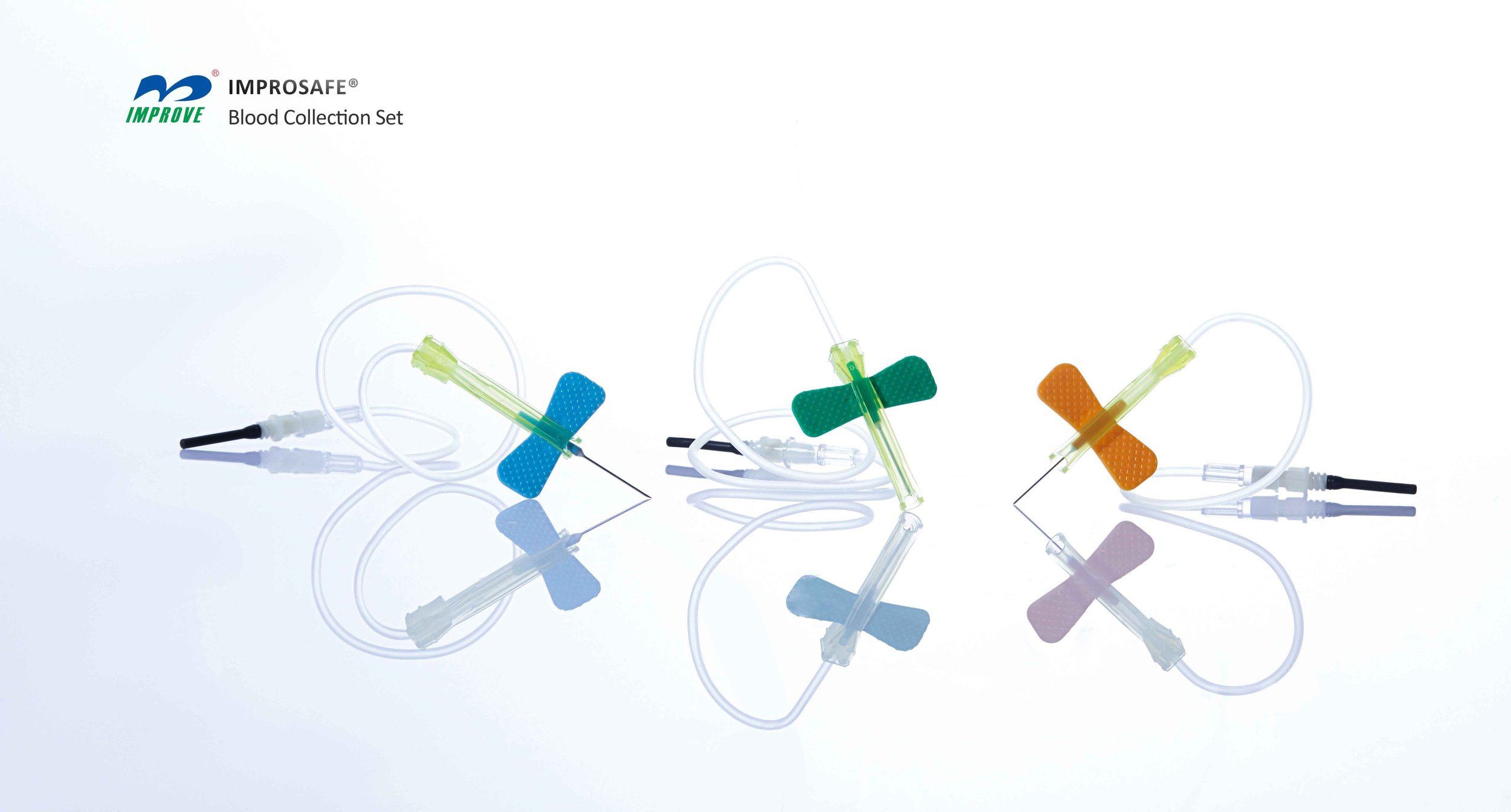The Role of AI in Medical Lab Testing and Phlebotomy: Enhancing Accuracy and Efficiency
Summary
- AI can improve accuracy and efficiency in medical lab testing and phlebotomy procedures in the United States.
- AI can help in better diagnosis and treatment planning through quick and accurate analysis of lab results.
- AI can assist in reducing human errors and increasing overall productivity in medical laboratories.
The Role of AI in Medical Lab Testing and Phlebotomy
Advancements in technology have revolutionized the field of healthcare, making it more efficient and accurate. One such technology that has shown promising results in improving medical lab testing and phlebotomy procedures is Artificial Intelligence (AI). AI has the potential to provide numerous benefits in enhancing accuracy and efficiency in these critical areas of healthcare in the United States.
Improving Accuracy in Medical Lab Testing
Medical lab testing plays a crucial role in diagnosing various health conditions and guiding treatment plans. However, human errors can sometimes lead to inaccurate results, which can have serious consequences for patients. AI can help in improving the accuracy of medical lab testing by:
- Automating the process of analyzing lab samples, reducing the chances of human error.
- Identifying patterns in lab results that may not be easily detectable by human eyes, leading to more accurate diagnoses.
- Providing real-time feedback and alerts for abnormal results, allowing Healthcare Providers to take immediate action.
Enhancing Efficiency in Phlebotomy Procedures
Phlebotomy procedures involve drawing blood samples from patients for various lab tests. Efficiency is key in ensuring that these procedures are carried out smoothly and effectively. AI can help in enhancing the efficiency of phlebotomy procedures by:
- Improving Vein Visualization technology to aid phlebotomists in locating suitable veins for blood draws.
- Optimizing scheduling software to reduce wait times for patients and streamline the phlebotomy process.
- Providing real-time guidance to phlebotomists on the best practices for blood collection, leading to better outcomes.
Benefits of AI in Medical Lab Testing and Phlebotomy
The potential benefits of incorporating AI in medical lab testing and phlebotomy procedures are vast and can greatly impact the overall quality of healthcare services in the United States. Some of the key benefits include:
- Improved accuracy in diagnoses, leading to better treatment planning and outcomes for patients.
- Reduced human errors and increased productivity in medical laboratories, saving time and resources.
- Enhanced patient experience through faster and more efficient phlebotomy procedures, resulting in higher satisfaction levels.
In conclusion, AI holds immense potential in improving accuracy and efficiency in medical lab testing and phlebotomy procedures in the United States. By harnessing the power of AI technology, Healthcare Providers can enhance the quality of patient care and drive better outcomes in the field of healthcare.

Disclaimer: The content provided on this blog is for informational purposes only, reflecting the personal opinions and insights of the author(s) on the topics. The information provided should not be used for diagnosing or treating a health problem or disease, and those seeking personal medical advice should consult with a licensed physician. Always seek the advice of your doctor or other qualified health provider regarding a medical condition. Never disregard professional medical advice or delay in seeking it because of something you have read on this website. If you think you may have a medical emergency, call 911 or go to the nearest emergency room immediately. No physician-patient relationship is created by this web site or its use. No contributors to this web site make any representations, express or implied, with respect to the information provided herein or to its use. While we strive to share accurate and up-to-date information, we cannot guarantee the completeness, reliability, or accuracy of the content. The blog may also include links to external websites and resources for the convenience of our readers. Please note that linking to other sites does not imply endorsement of their content, practices, or services by us. Readers should use their discretion and judgment while exploring any external links and resources mentioned on this blog.
